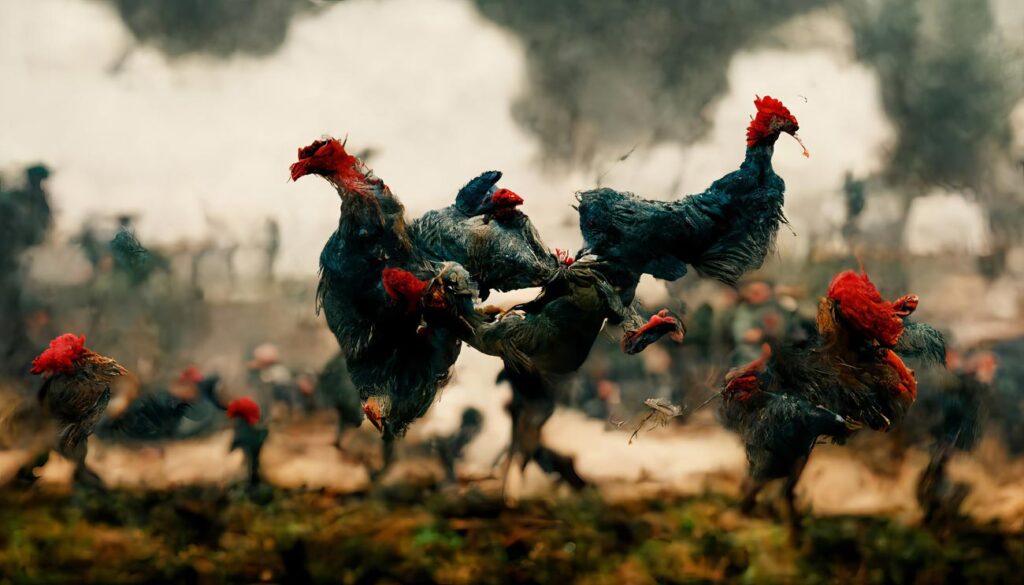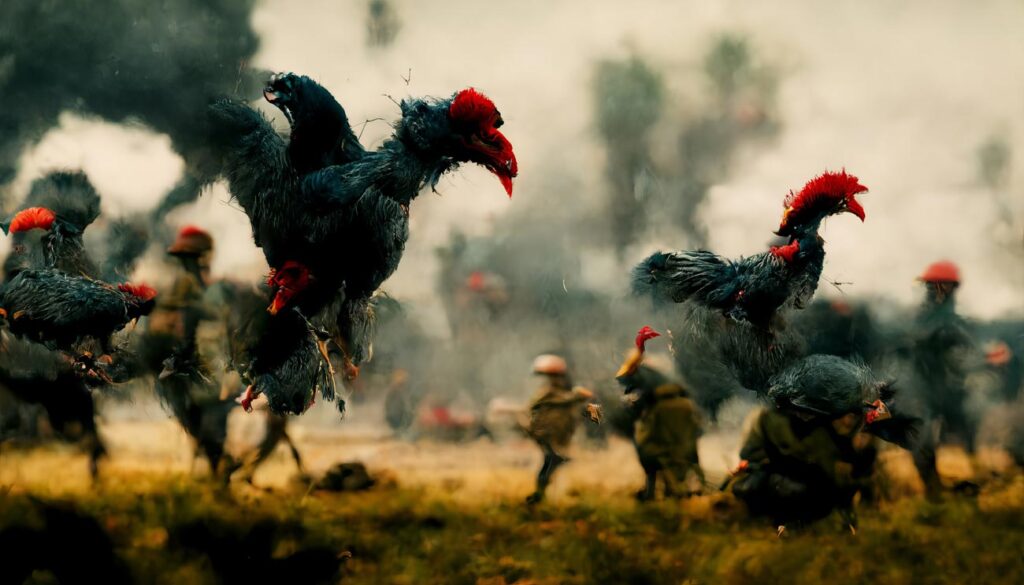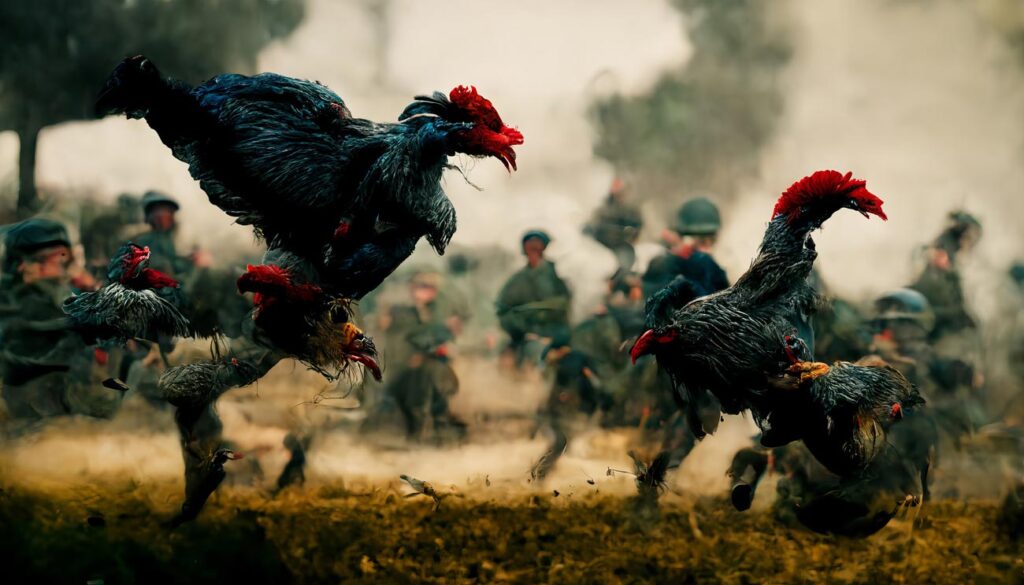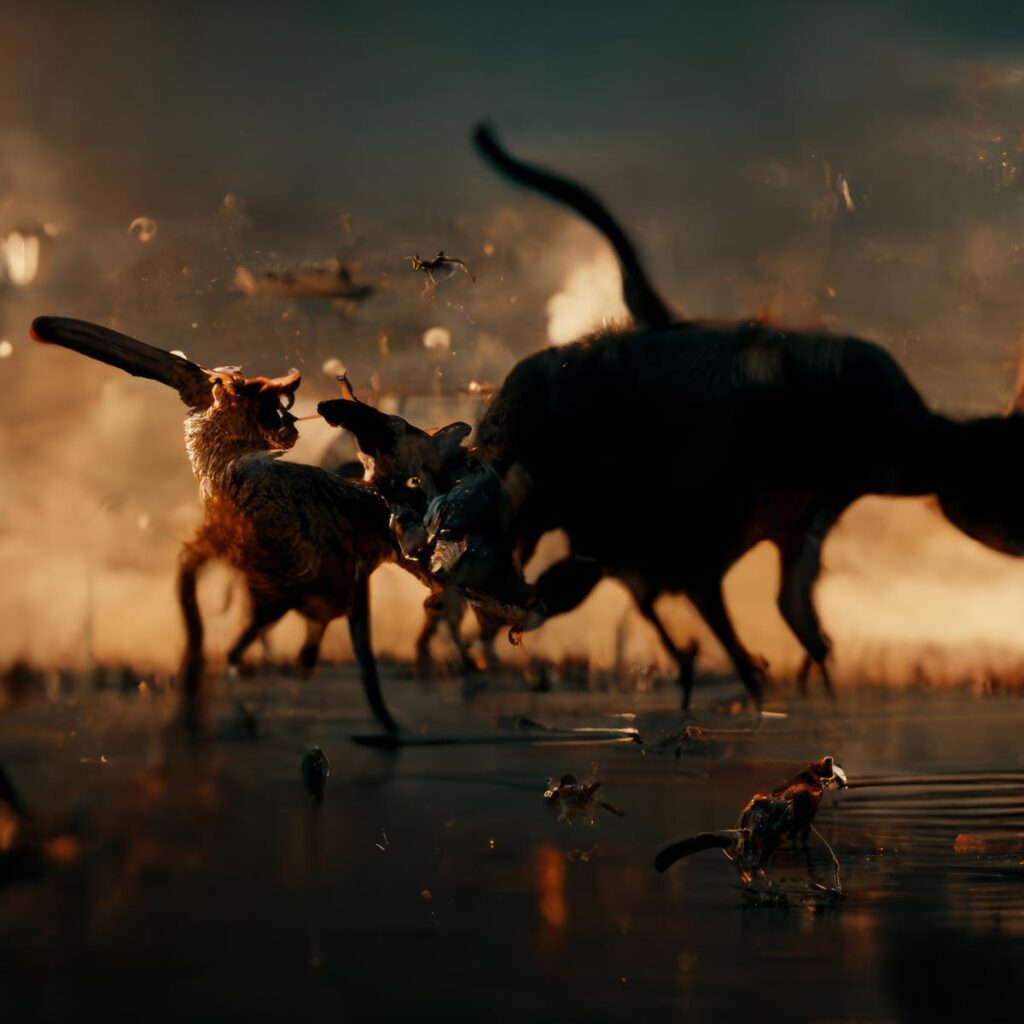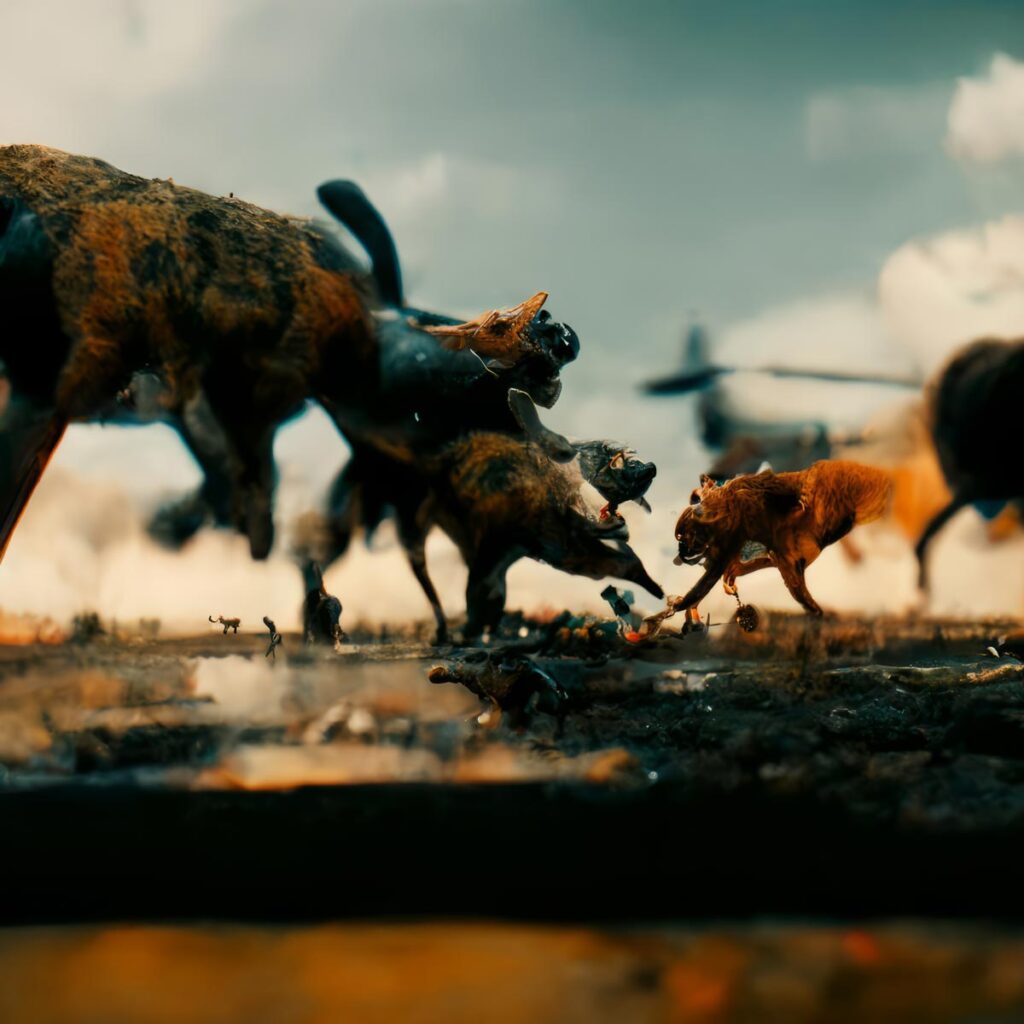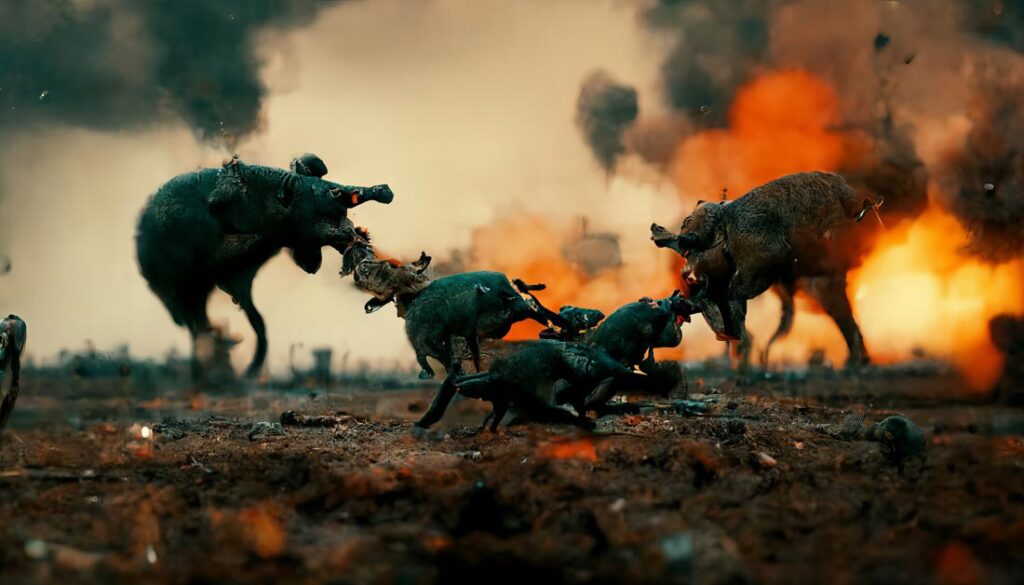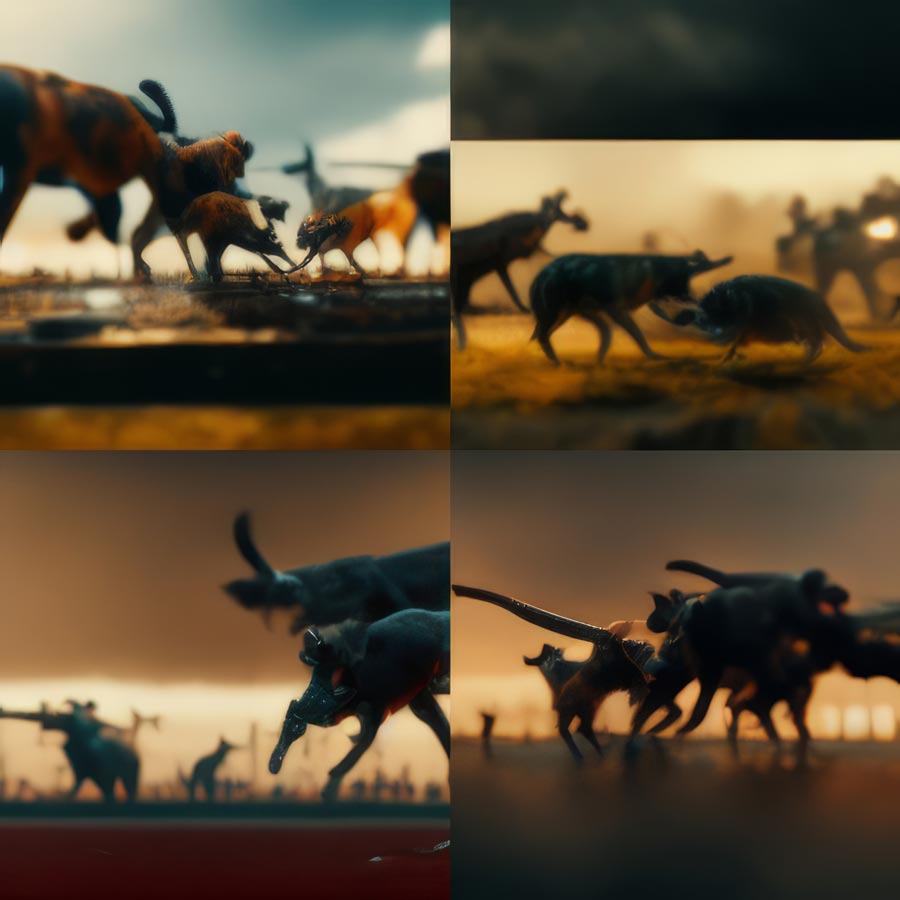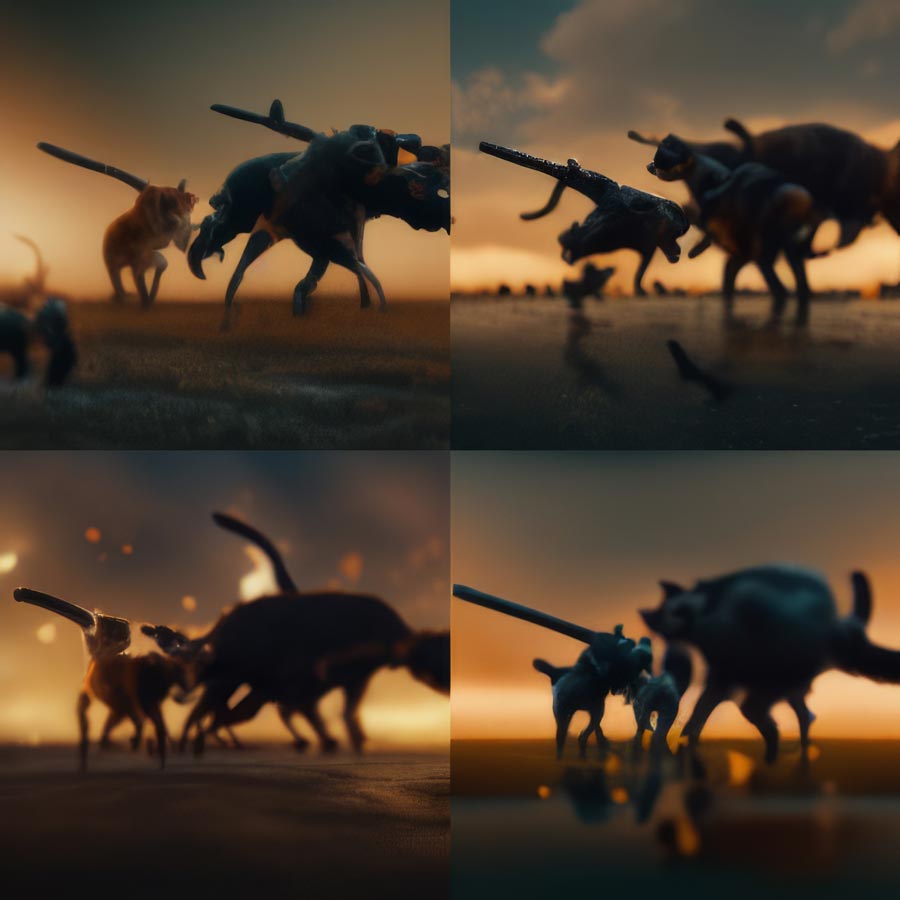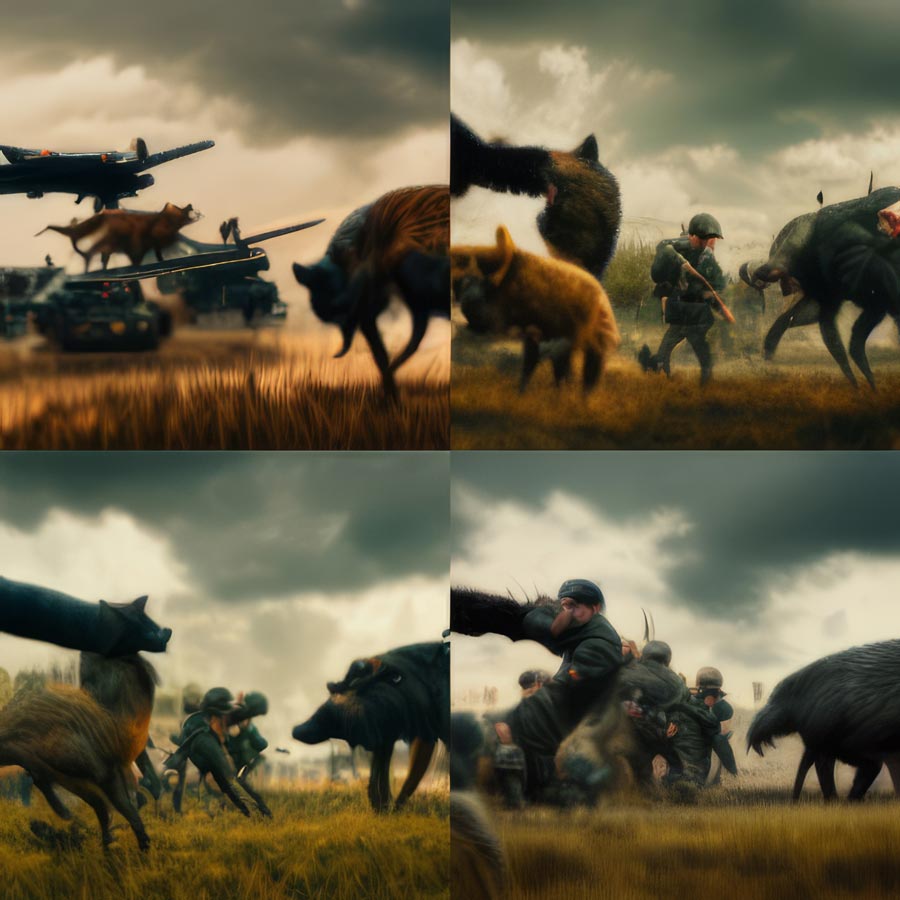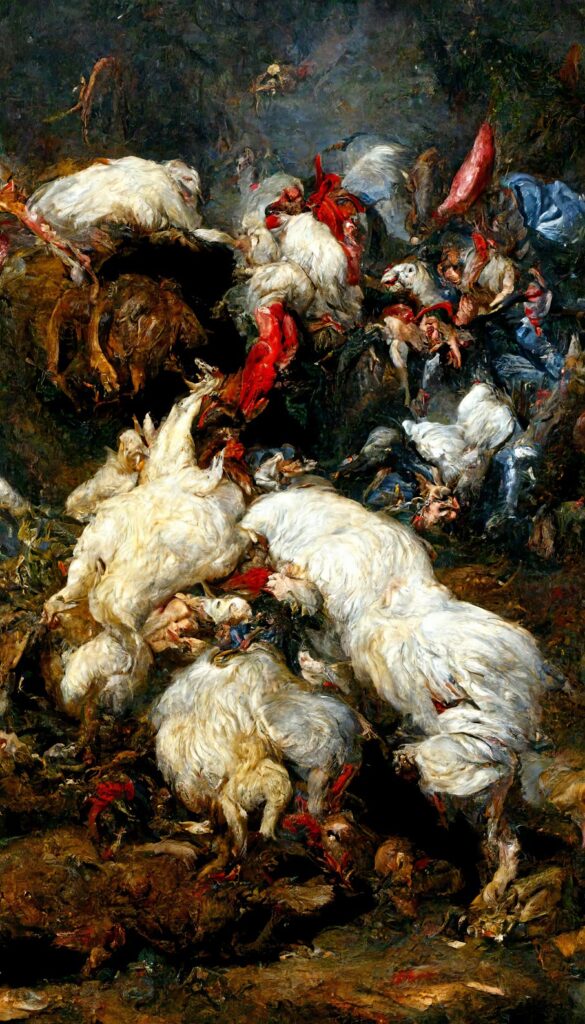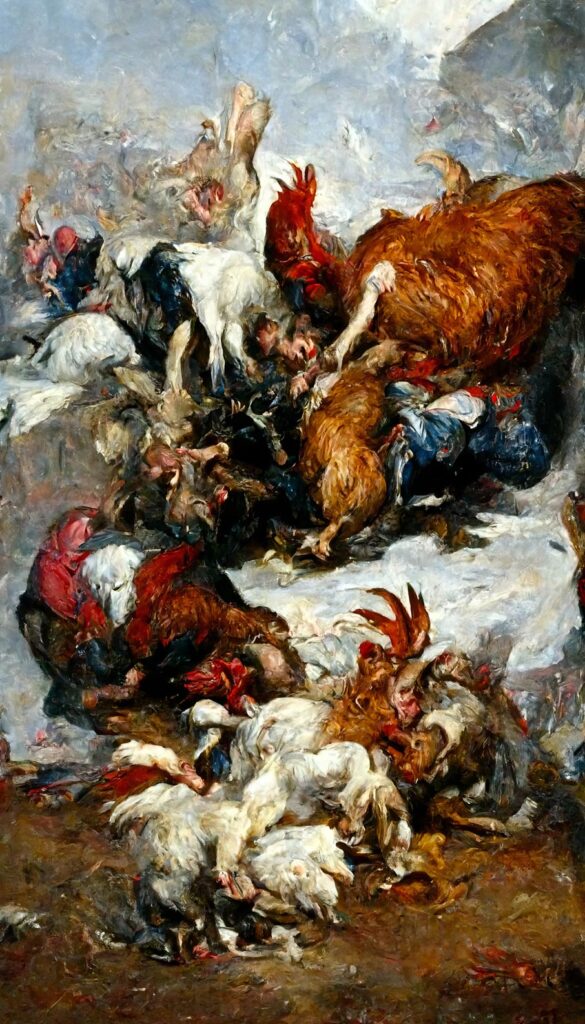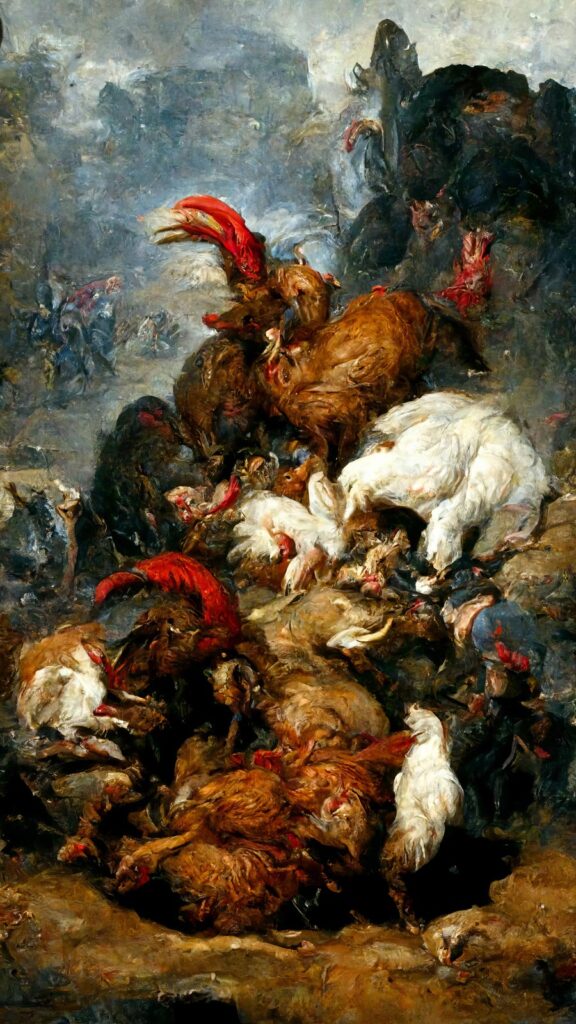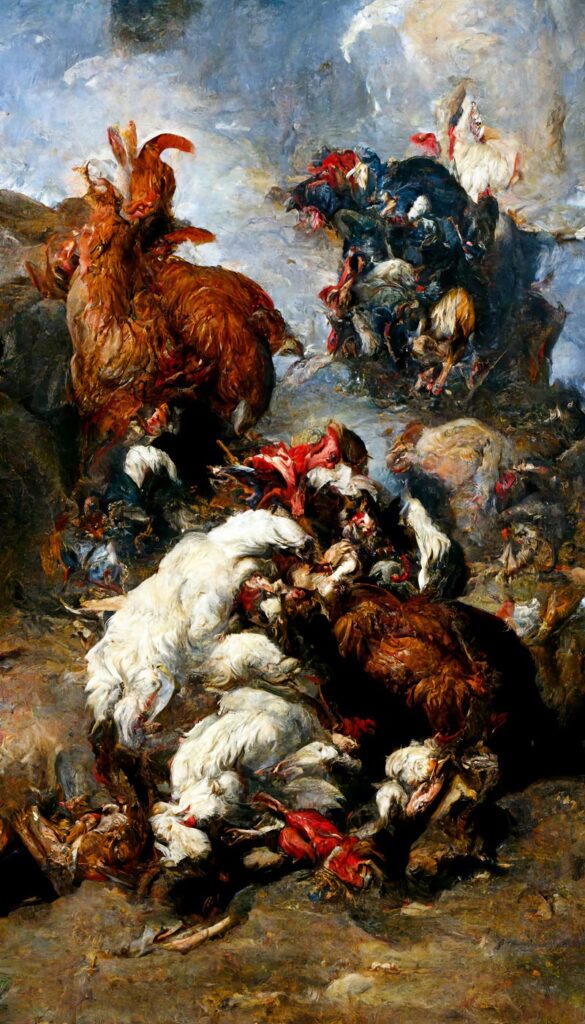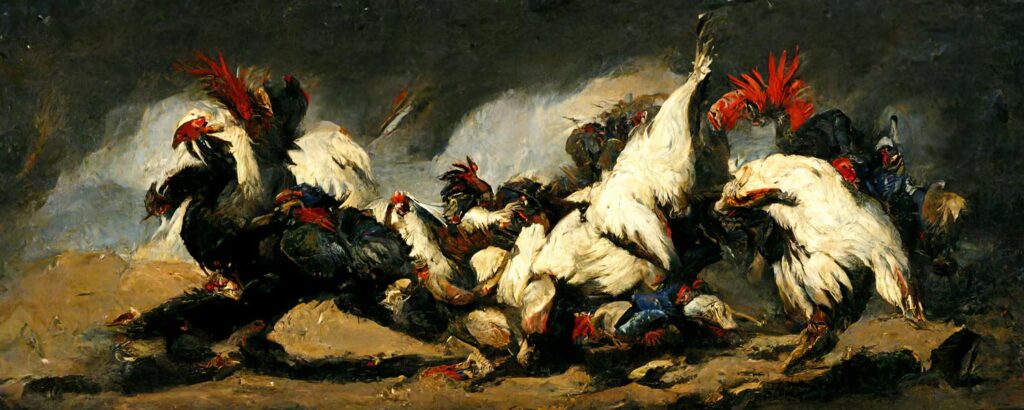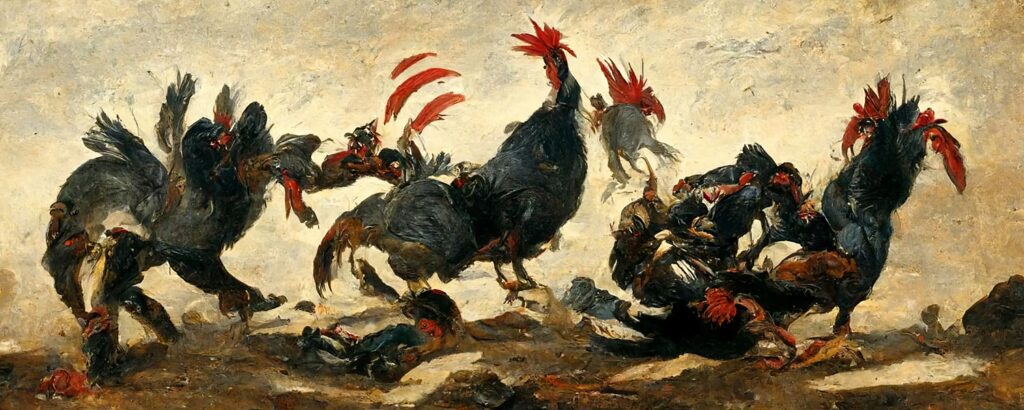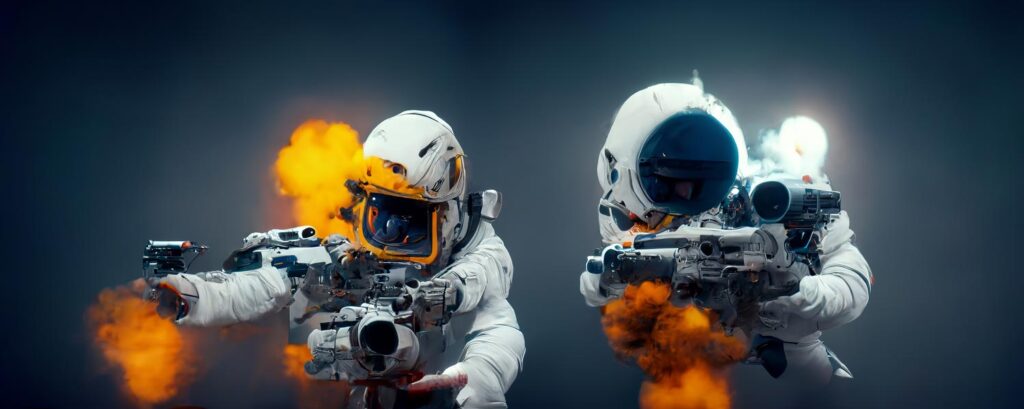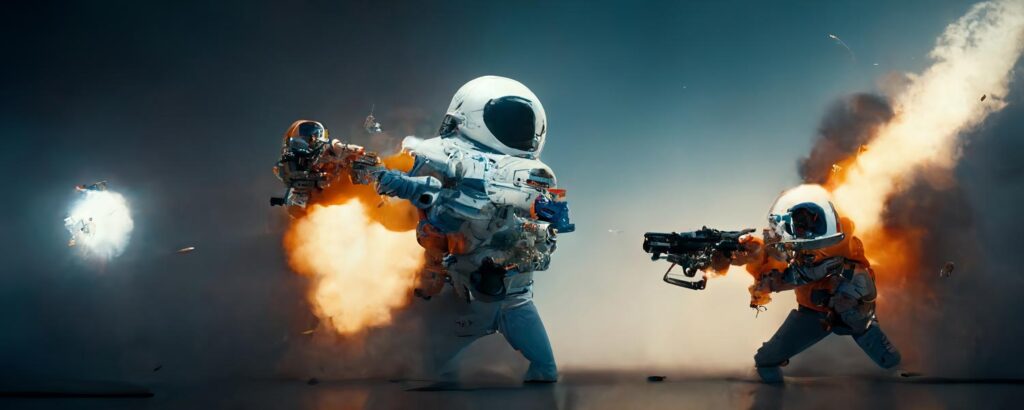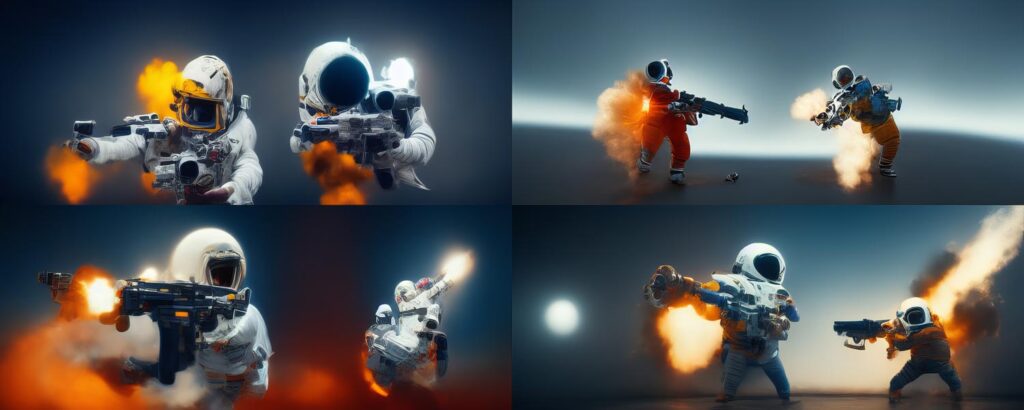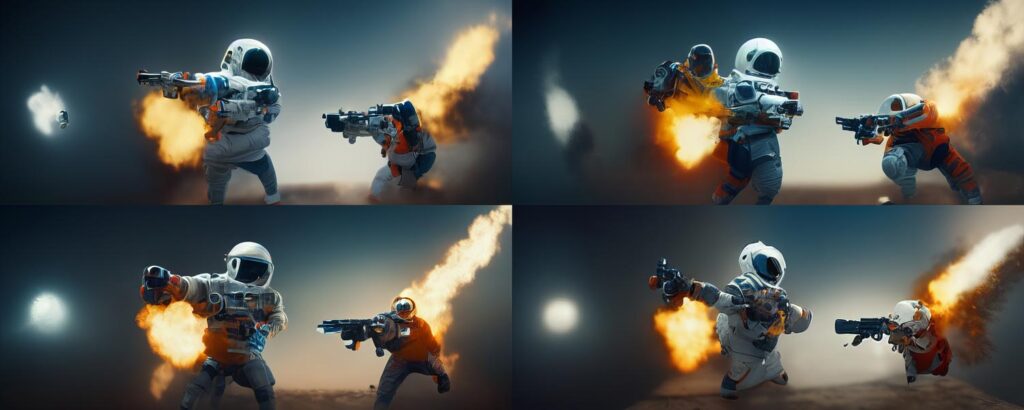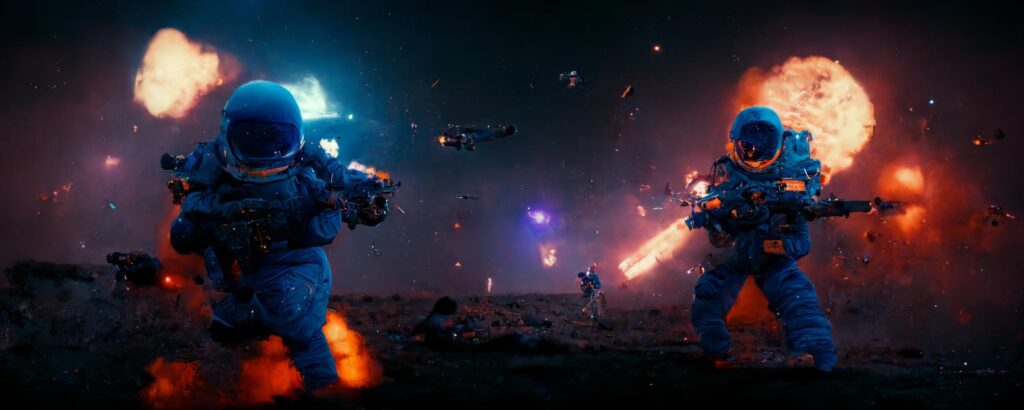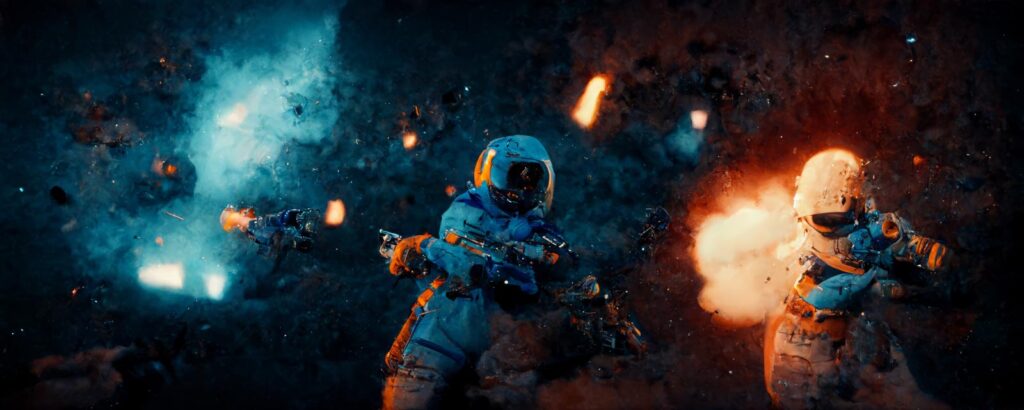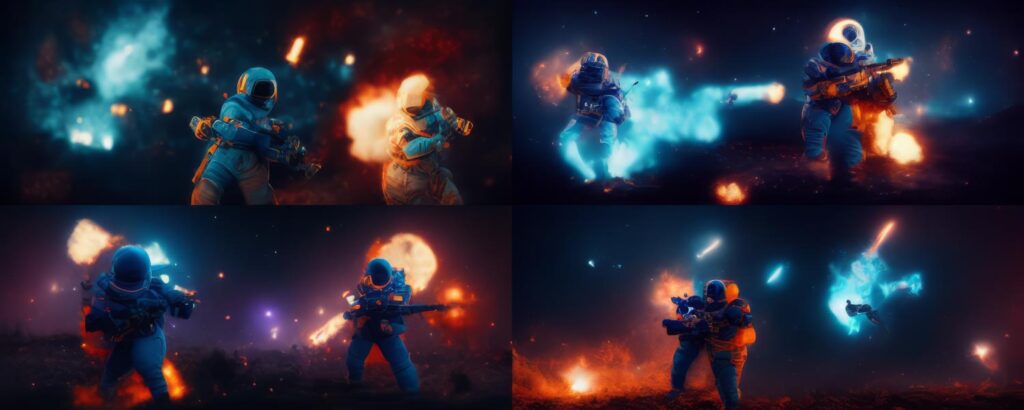Using AI to sketch the Art of Conflict
admin
War movies and epic fight scenes have a way of capturing the extremes of human emotion and physicality, a dichotomy that has always piqued my interest as a director. Yet, when it comes to my own creations, I gravitate towards crafting scenes steeped in emotion, featuring characters lost in introspection, bathed in the dramatic light of chiaroscuro, their narratives unfolding in a palette of muted tones. This introspective approach has been a signature of my work, but I’ve always wondered how my penchant for the stoic could merge with the raw dynamism of battle.
When I first explored AI as a creative partner, it was the ability to draft the very essence of motion that intrigued me. I prompted it with scenes of combat, from rooster fights to astronauts in a celestial clash. I was curious how AI’s ‘brush’ would interpret the chaos of conflict. The results were intriguingly abstract—AI figures, not quite refined, but brimming with potential, a raw blueprint for drama. The messiness of these early sketches provided a fertile ground from which I could envision the final form, infusing these AI drafts with the realism of flesh and blood warriors.
Reflecting on the evolution of AI over mere months is to witness a rapid maturation in artistic capability.
Where once it offered me the outlines of action, it can now render fully realized scenes with an accuracy that rivals the human hand.
Yet, there’s something undeniably compelling about those early, less polished renditions. They serve as a reminder that perfection often lies in the imperfect, the unfinished, the raw. These AI sketches have become a tool for breaking free from creative constraints, a canvas on which I can project my vision, transforming the nascent into the sublime.
